A very elegant member of the peperomia family, peperomia Polybotrya “raindrop” is an easy to care for plant. You’ll learn all there is to know about growing and caring for this plant, from the basics to tips and tricks that will help your plant thrive.
Peperomia polybotrya goes by other names such as the Raindrop peperomia or Coin-Leaf Peperomia – all thanks to the shape of its leaves. This plant is native to the regions of South America as well as in Colombia and Peru. As mentioned, the common names of this plant are attributed to its deep green and waxy, almost tear-shaped leaves. This plant tends to grow upright to a maximum height of 15 inches and tends to be compact depending on the amount of sun it receives.
This plant, like other Peperomia varieties, produces inflorescence in the form of a spadix (resembling a rat tail). These flowers grow when the plant is mature as well as when the plant receives the right type of care.
This plant is often mistaken for the Chinese money plant which Pilea peperomioides as these two plants really do look alike a lot.
Quick Summary
All the relevant Peperomia Polybotrya Raindrop care information at a glance
Plant name: Peperomia polybotrya
Common names: Raindrop Peperomia and Coin-leaf Peperomia
Native to: Southern America, Colombia, and Peru
Light: Can tolerate low light, but prefers bright, indirect light. Will become leggy in very low light conditions.
Care: Water only when the top 2 inches of the soil is dry. Fertilize with diluted liquid fertilizer. High humidity is preferred but it tolerates lower humidity. Average room temperatures are OK.
Common problems: Mealy bugs, spider mites, root rot, and leaf spots
Toxicity: Considered non-toxic for pets and humans.
How To Care For Pilea Peperomoides Plant
- Bringing the plant home
- Light conditions
- Watering
- Humidity
- Cleaning
- Fertilizing
- Repotting
- Soil
- Propagation
- Toxicity Information
- Pests and other common issues
Bringing the Plant Home
If you bought a Raindrop Peperomia of the size of around 10 inches, do not expect it to grow too much. If this is the case, you may want to buy an extra pot to be ready for propagation. Similar to other hard-stemmed Peperomia, the Raindrop Peperomia grows relatively slow.
Check the plant for any pests or diseases and treat if needed. Quarantine (isolate) it from other plants for a week or two and regularly check for any signs of pests.
Your plant will need some time to adjust to its new environment so it is best to not repot it as soon as you bring it home. Repoting is rarely necessary for new plants.
What Kind of Light for Peperomia Raindrop?
Ideally your plant should get bright indirect light throughout the day.
A great thing about this plant is it tolerates low light pretty well. Its deep green and broad leaves make this possible. The plant can optimize catching the light with the shape of its leaves.
If your windows are facing south, you might need to place your plant a few steps away from the window, where it can be protected from harsh direct sunlight. You can do this, or you can also place a curtain over the south-facing window to filter the light from the afternoon sun. Too much sunlight will cause the leaves to burn.
Although it does tolerate lower light settings, it will become leggy if it gets too little light as it reaches out to get more light.
If needed you can also use artificial grow lights as these plants do well with it.
How and How Often to Water Peperomia Polybotrya
Most plants under the genus Peperomia all have the tendency to tell you when watering is overdue.
The leaves start to droop, and the stalks become evidently limp. The plant will readily spring back once you give it good watering. The Raindrop Peperomia is actually quite hardy when it comes to watering. The succulent-like stems and leaves can store water which makes the plant tolerate drought to some extent. It’s why this one is a good beginner plant.
Read: how often to water peperomia plants
Raindrop Peperomias do not need a lot of attention when it comes to watering. Allow the top layer of soil to dry (to the first knuckle on your finger) before watering again.
Do not water your plant too frequently. Don’t water before the soil dries a little, as this can lead to root rot. Feel the soil by inserting your finger to check if it is still moist. It’s better to get dirty nails than a dead plant.
During spring and summer, expect to be watering more frequently as the air is dryer and water tends to evaporate faster. The plant is also actively growing during this time and will need more water.
During winter, water less. The plant will become dormant during this season and will not be able to use as much water.
Humidity and Temperature requirements
Native to rainforests, Peperomia Polybotrya prefers to be in an environment with high humidity. It will love an environment with over 60%. Despite this, Raindrop Peperomias tolerates lower humidity of an average household well.
If you want to increase humidity around your plant, group it with other plants and collectively mist them. Grouped plants retain moisture for a longer time, and as water evaporates from the leaves, the local humidity levels rise.
The Raindrop Peperomia also prefers a warm climate. The ideal temperature for this plant is around 65°F to 80°F (18 to 27°C).
Keep your plant away from cold drafts which can heavily damage your plant. Keep away from cold windows in winter.
Cleaning and Pruning
Pruning your Raindrop Peperomia will only be necessary if there are unhealthy leaves or if the plant has grown too leggy and you dislike how it looks. Do not be afraid to prune your plant. The Raindrop Peperomia can tolerate heavy pruning, and this will, in fact, promote new growth.
When pruning, ensure that you are using clean shears to avoid introducing any pathogens to the plant. If you decide to prune your plants from hard stems, keep the cuttings and propagate them.
Regularly check up on the underside of the leaves of your plant to check for underlying diseases or pests. While you are at it, clean the leaves too! This helps the plant photosynthesize better.
To clean the peperomia raindrop leaves, wipe them (carefully) with a damp cloth.
Fertilizing Peperomia Polybotrya
For an easy and care-free solution to fertilizing, you can feed your plants with slow-release fertilizers. You can also use liquid fertilizers that are diluted to half strength. Feed as often as indicated by the fertilizer manufacturer. General houseplant or foliage houseplant fertilizer is OK.
It is important to stop fertilizing your plants during winter. Doing so can cause overfertilizing even at half strength. This can damage your plant, or worse, kill it.
If your plant isn’t getting enough fertilizer and the soil is depleted of nutrients you will notice the edges of the leaves becoming pale, even yellow and the growth will be stunted. *other issues can cause this too.
When to Repot Peperomia Raindrop?
Peperomia polybotrya are relatively slow-growing, so with good growing conditions, you are looking at needing to repot every 2 or 3 years depending on how extensive the roots have grown.
The root system of this plant can be a bit shallow during its first few years. When repotting, carefully loosen the soil around the roots. Changing the soil around your plant gives it a new set of nutrients for its growth. When repotting to a bigger pot, choose a pot that is at least 2 inches larger than your previous pot. Do not press the soil too much when putting the plant in place. Gently press down the soil until the stems are not wobbly anymore.
What type of soil does it want?
Good soil keeps a plant happy. Peperomias need soil that retains moisture and is fast draining. Most all-purpose houseplant soils are OK. You can add a little perlite and peat moss to improve drainage and moisture retention.
How to Propagate Peperomia Raindrop
Raindrop Peperomia can be propagated through stem or leaf cuttings in water or soil.
Although it may take more time, these plants can grow new ones from a leaf. Choose a healthy leaf for propagation. Cut the leaf from the stem leaving the petiole attached to the leaf. Insert the stem into the soil for propagation.
Alternatively, you can also cut the leaves crosswise into two and bury at least ¼ of each cut part in soil with the cut edge facing the soil. Maintain a high humidity around the propagations to promote rooting. Roots and sprouts will start to show in at least a month after planting. Keep your propagations away from direct sunlight.
Is Peperomia Polybotrya Safe for Cats, Dogs, and Humans?
Peperomia polybotrya is known to be non-toxic for both humans and animals.
It should not be ingested still as the plant isn’t edible. Keep in mind toxicity information can change over time. Even if the plant is considered non toxic, your child or pet can have an allergy or sensitivity to a part of a plant.
Pests and Diseases Common for Peperomia Polybotrya
Because this plant can grow in low humidity, it is susceptible to pests such as spider mites and mealybugs. These pests love to absorb the nutrients and moisture from the succulent leaves and stems of your plant.
Both pests can cause the stems of your plant to go limp and eventually turn yellow and die. At the first sign of infestation, lightly dap visible mealybugs with a Q-tip dipped in diluted alcohol. This will immediately dehydrate the tiny bodies of these pests.
On the other hand, spider mites can be a bit more troublesome. These pests can easily be missed by the naked eye. They are usually detected when webs around the leaves of your plant are visible. Treat your plant by spraying it with your choice of insecticide. Neem oil works well as an insecticide and a repellant.
In addition to pests, Raindrop Peperomia can also be afflicted by leaf spots and root rot. Spots are usually caused by stagnant water on the leaves, whereas root rot is common when the plant is overwatered.


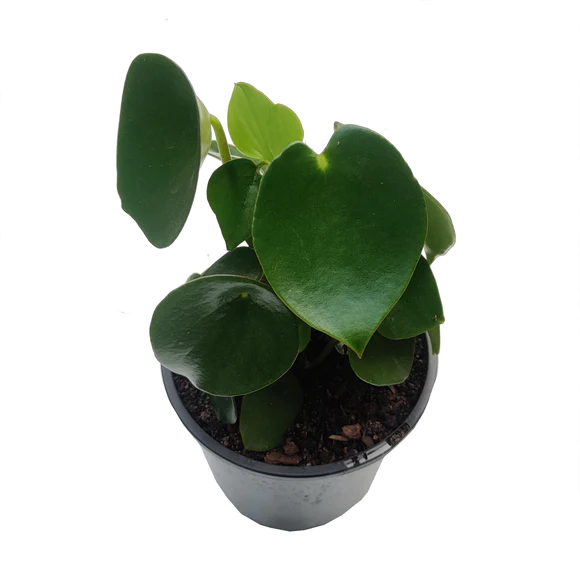
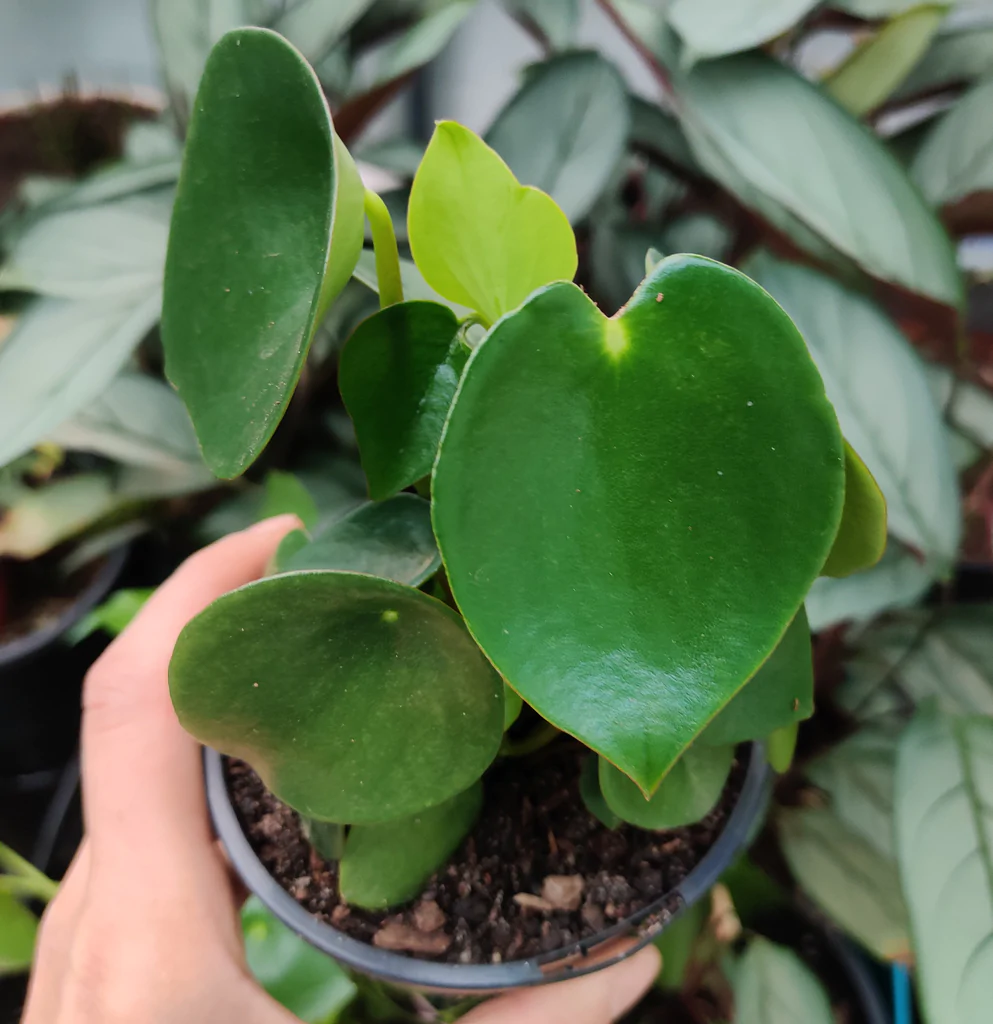
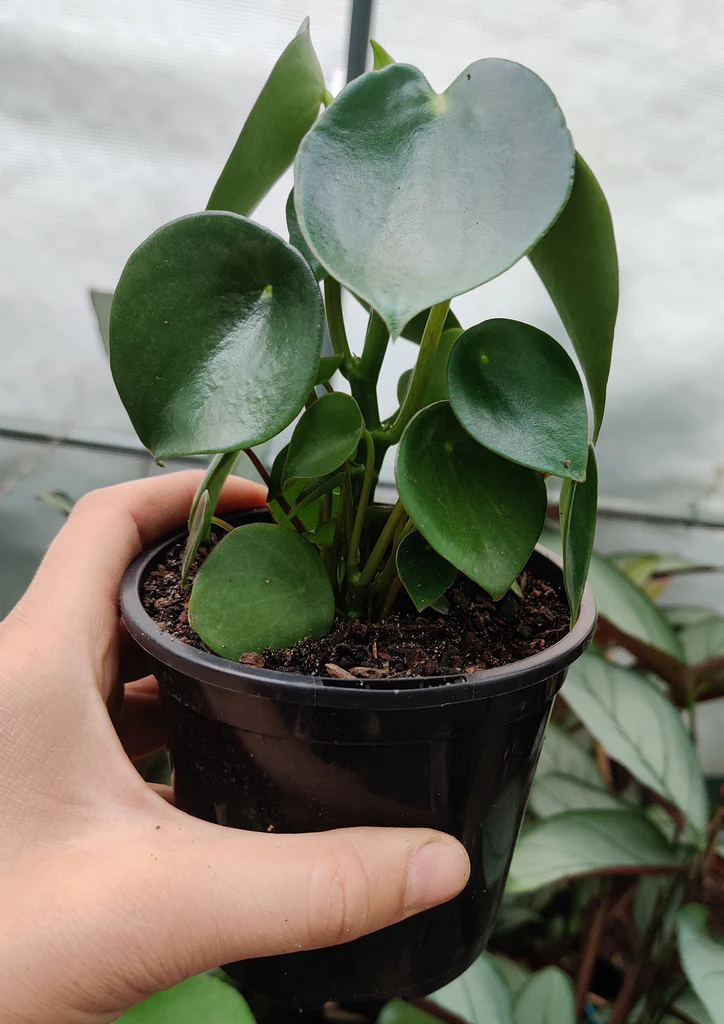


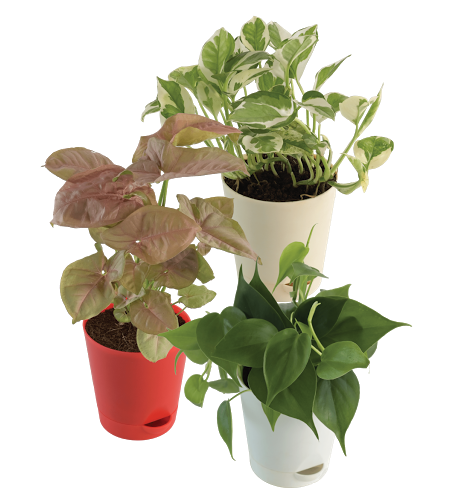
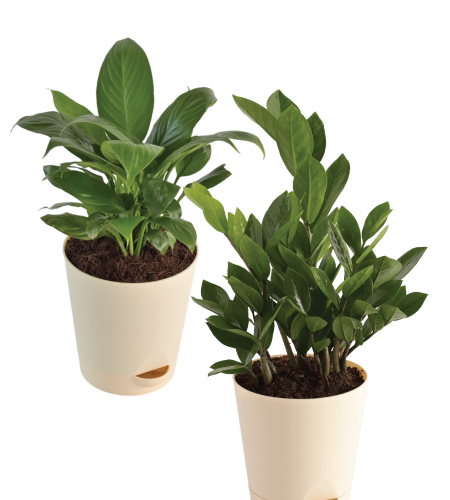


Reviews
There are no reviews yet.